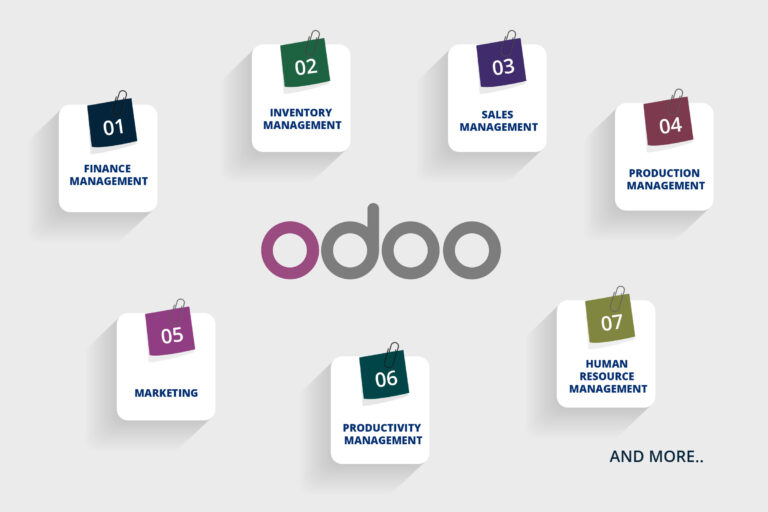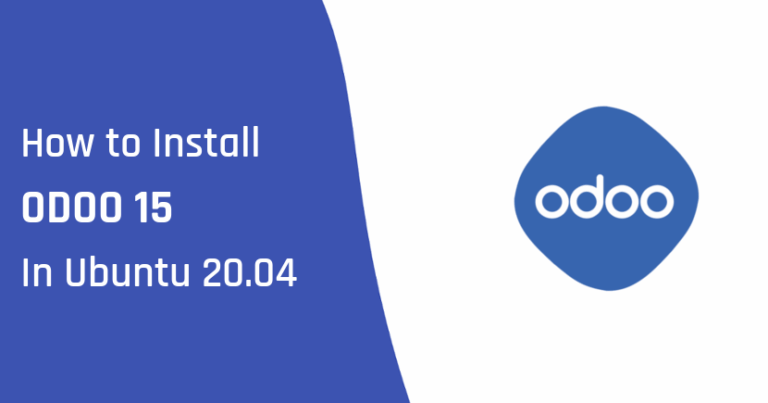We are often asked by our clients and friends how we approach a client and how we solve their problems.
Step 1: Make sure the problem exists.

Majority of the time, local business are forced into building a website with e commerce and many fancy technologies. In more than 90% of the cases all they need is Google My Business Presence, A Facebook and Instagram page and that is all. Our team has honesty to suggest them that and to help them understand it.
Step 2: Give unbiased solutions.
Suppose the problem exists, we check if we can solve the problem with our current technical strength. OR there exists an economical non IT solution for the client. OR we should refer them to our fellow companies.
Step 3: Find an off the shelf, well maintained economical solution.
Its always a bad idea to reinvent the wheel. This mistake is done by many naive companies. The off the shelf open source solutions are not just better but they are more robust, well tested, well maintained and built by a more experienced team.
Step 2: Give unbiased solutions.
Step 3: Find an off the shelf, well maintained economical solution.
Its always a bad idea to reinvent the wheel. This mistake is done by many naive companies. The off the shelf open source solutions are not just better but they are more robust, well tested, well maintained and built by a more experienced team.











